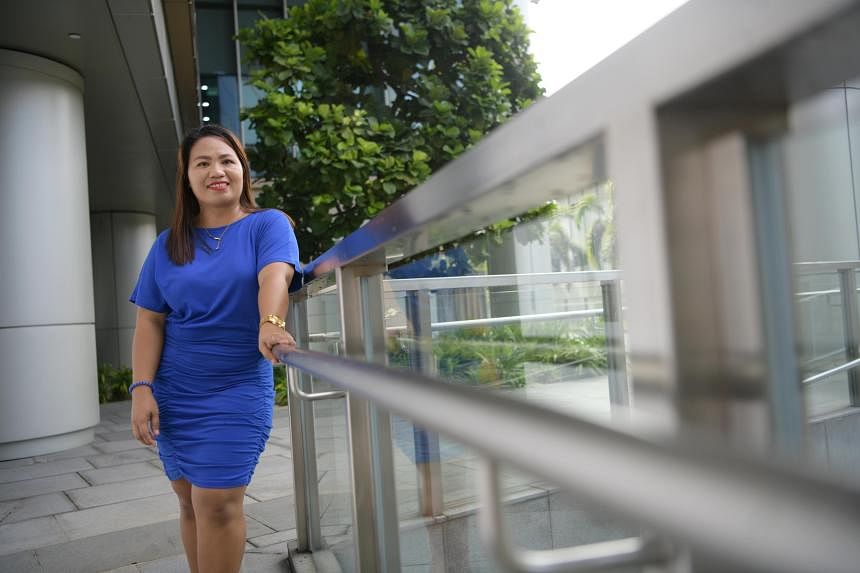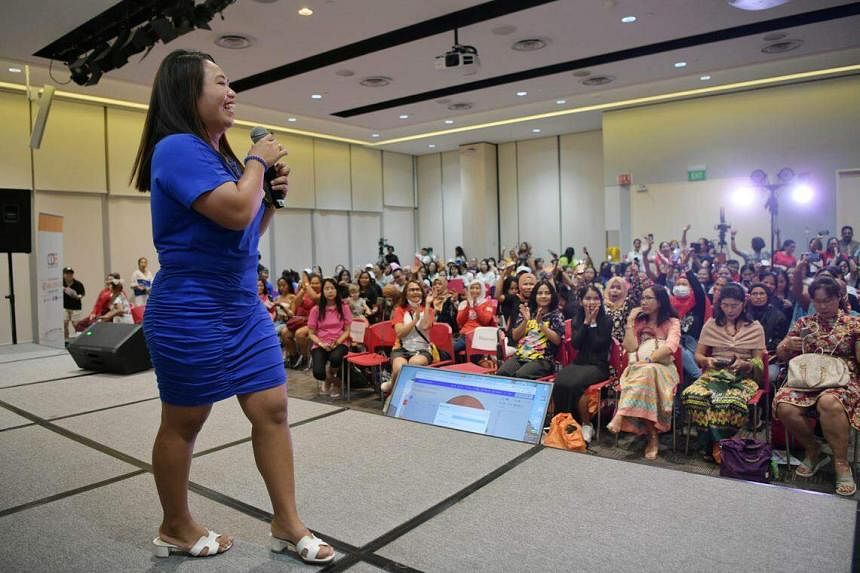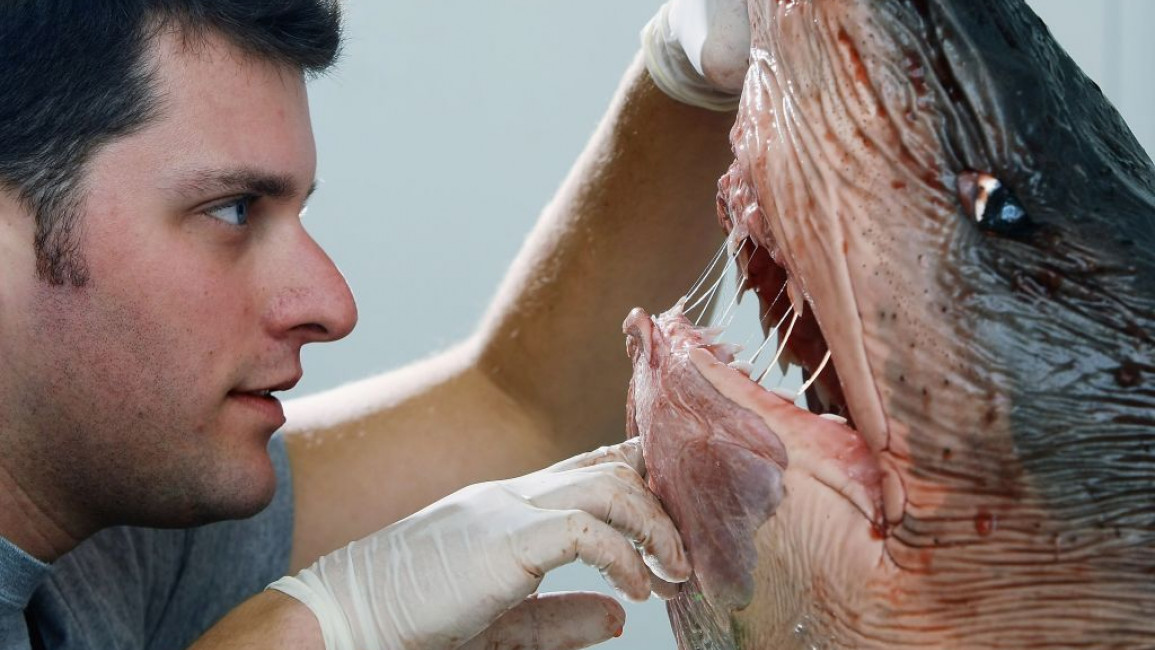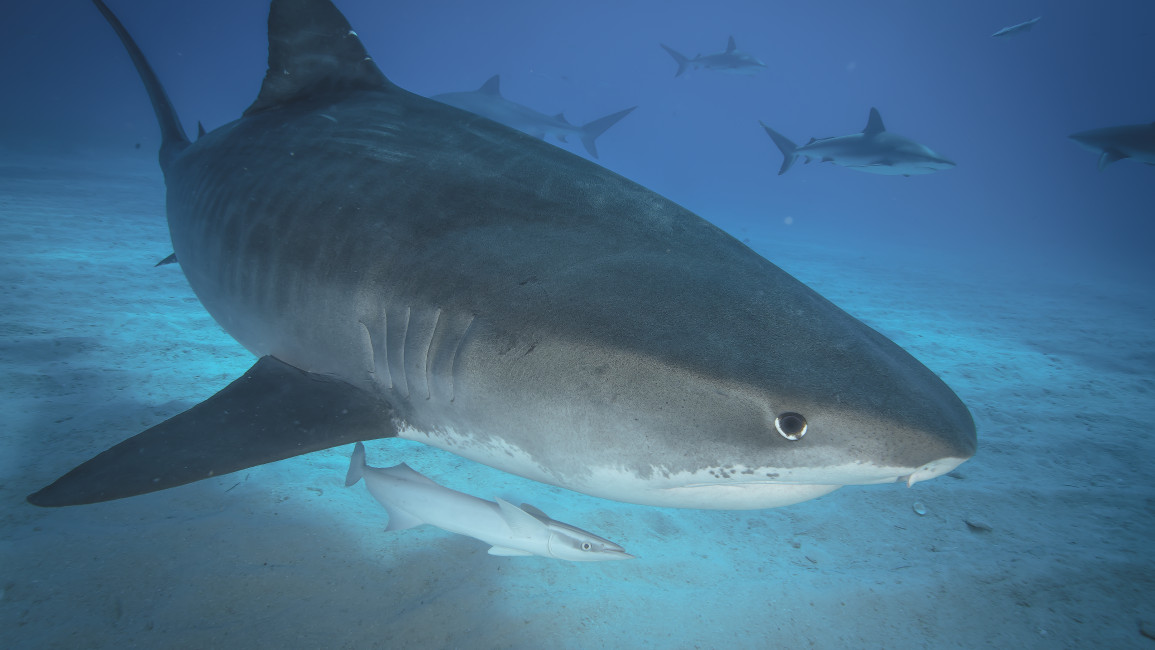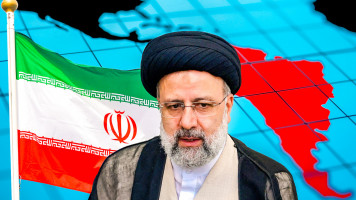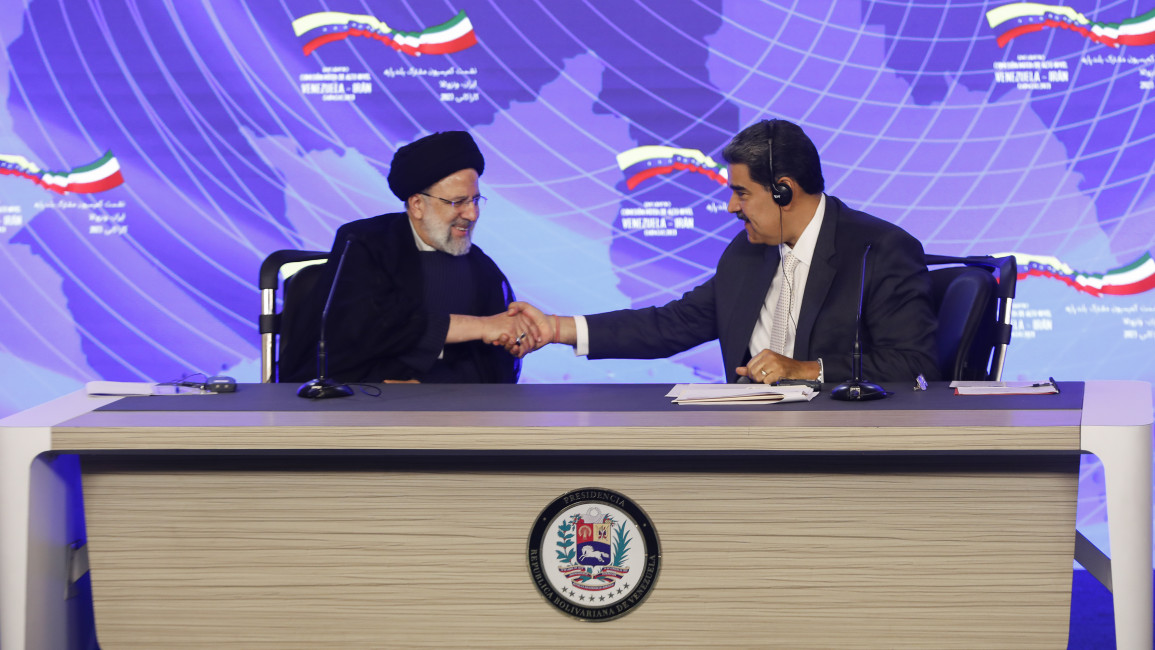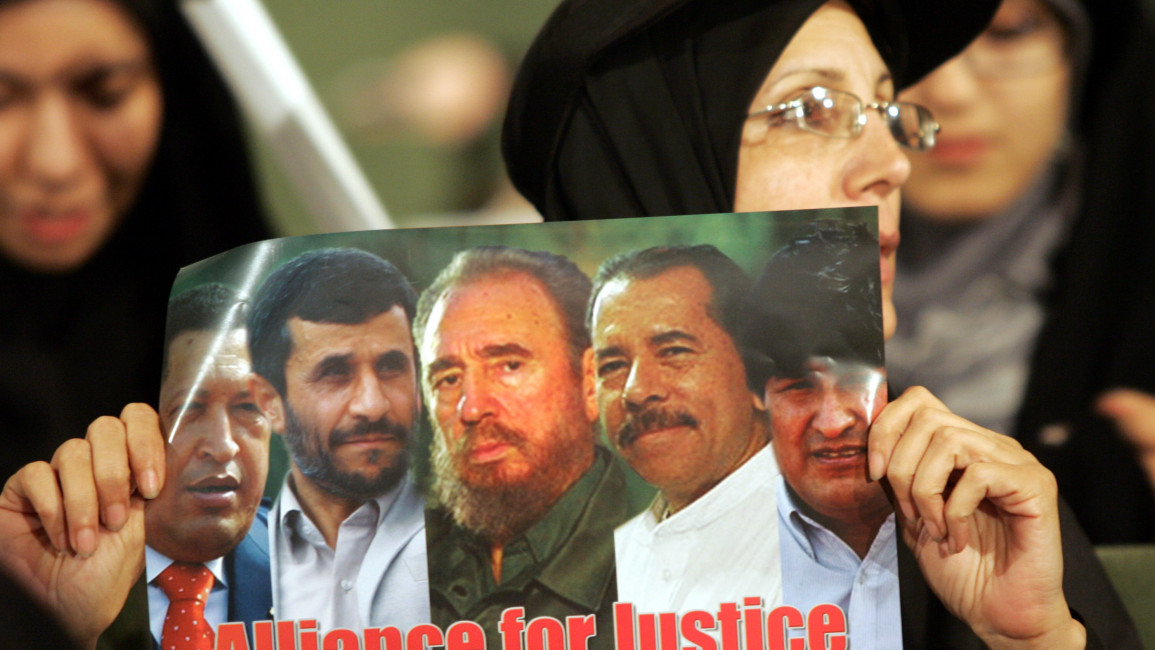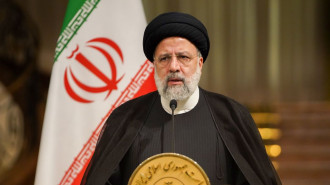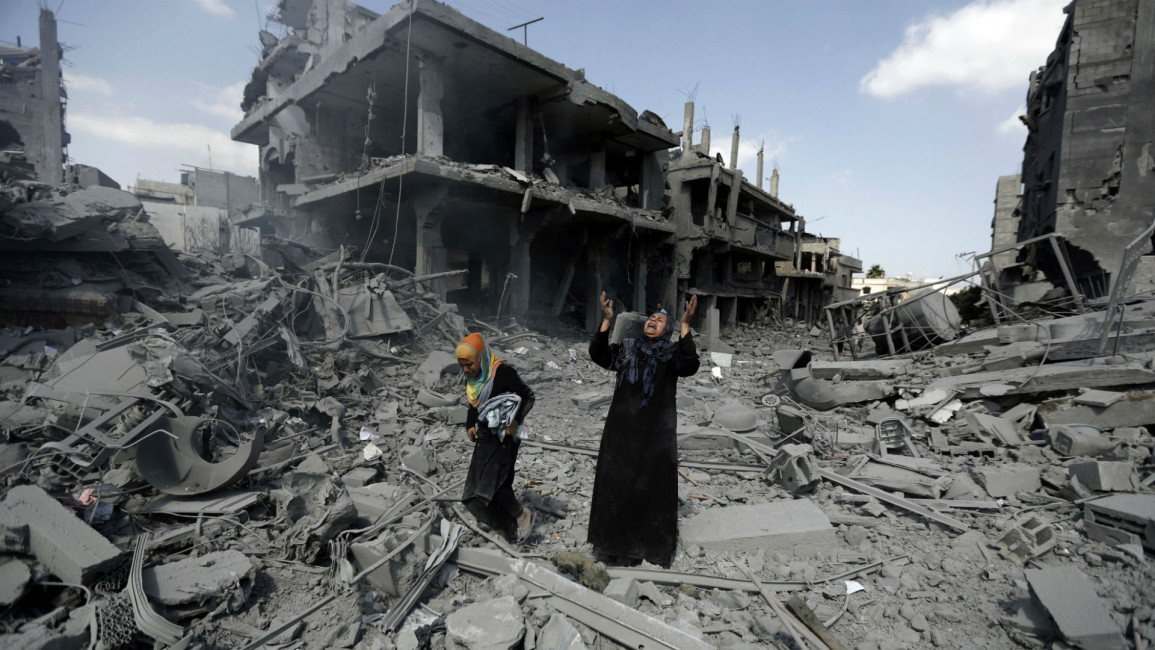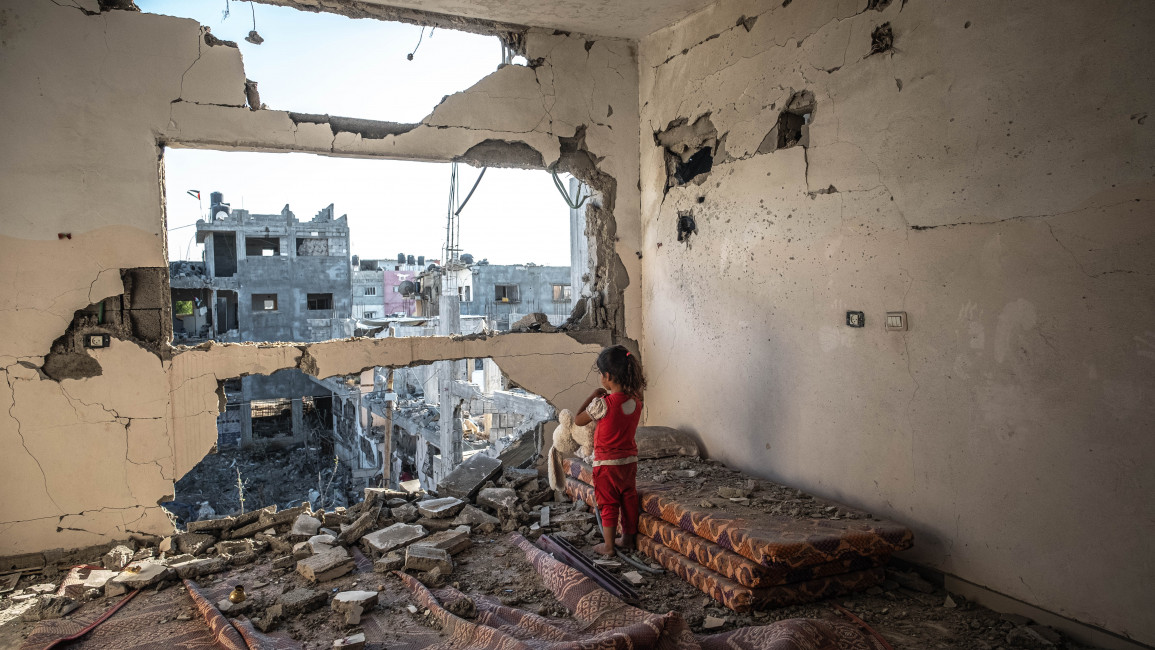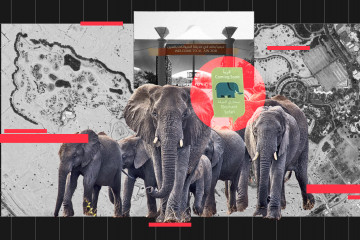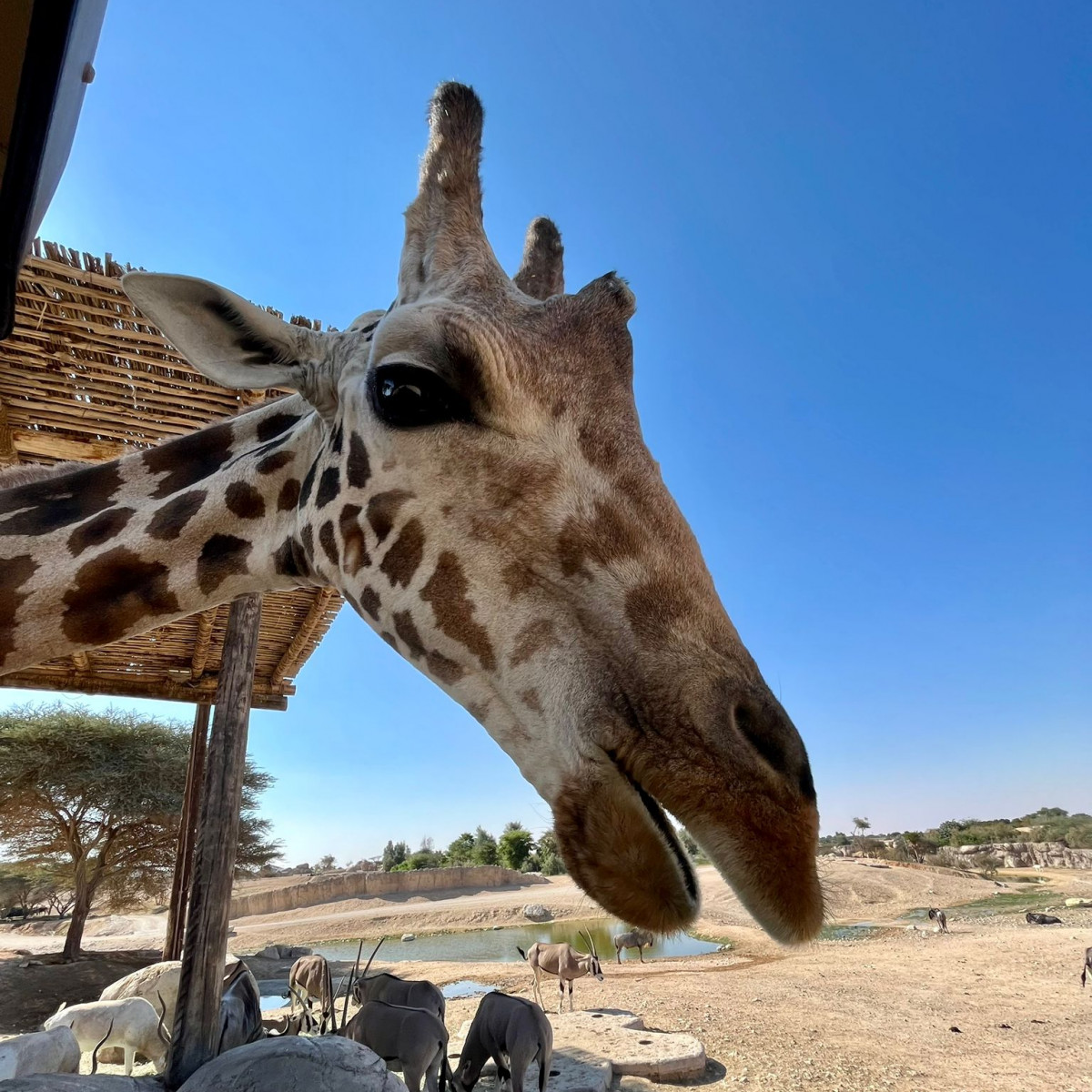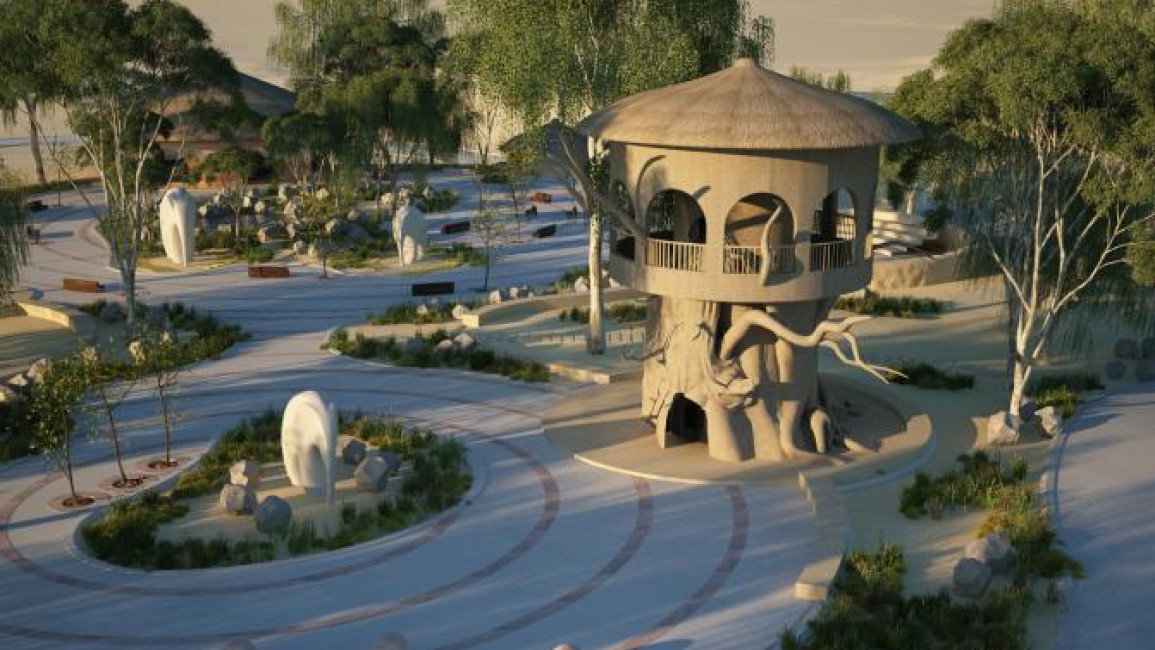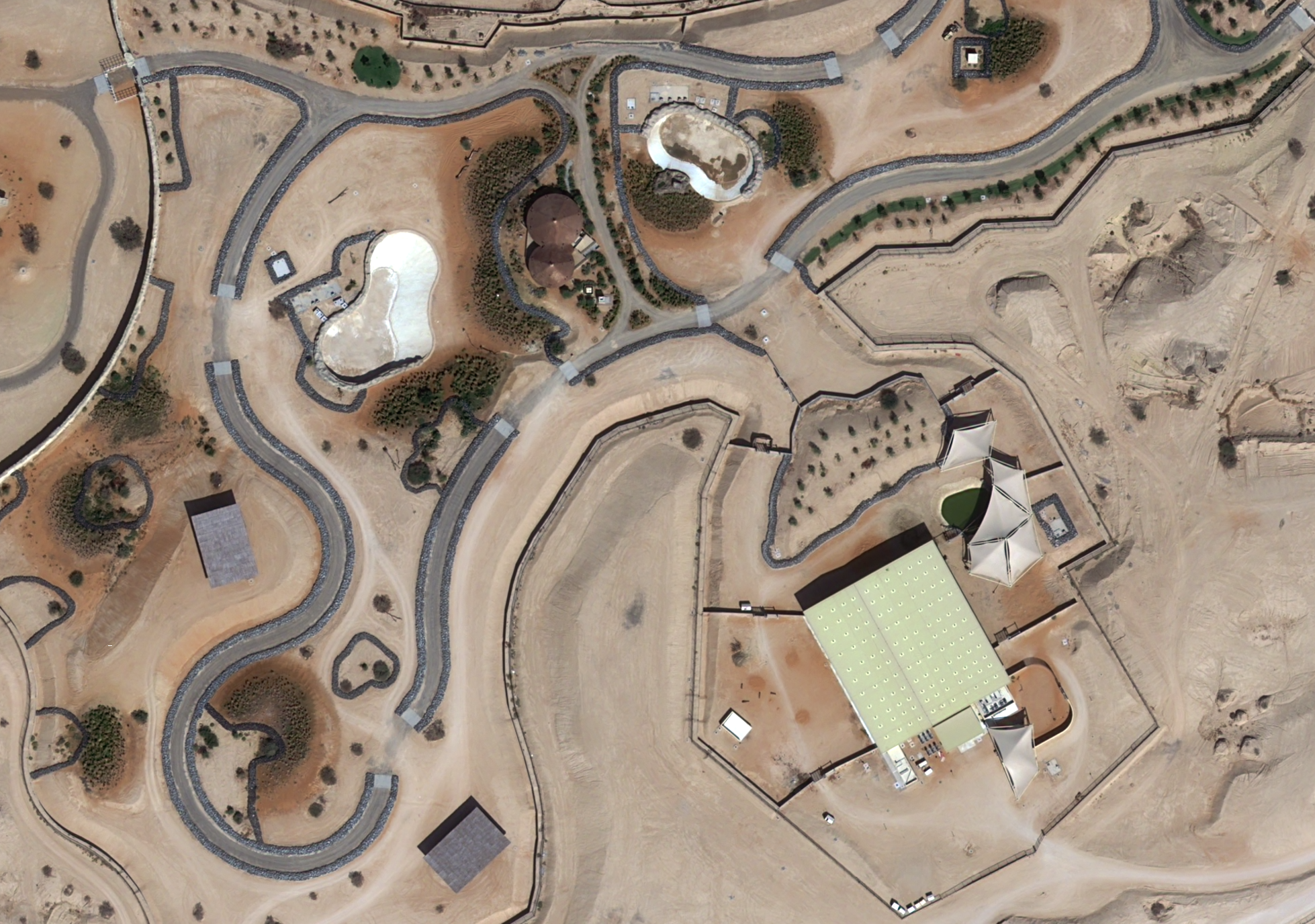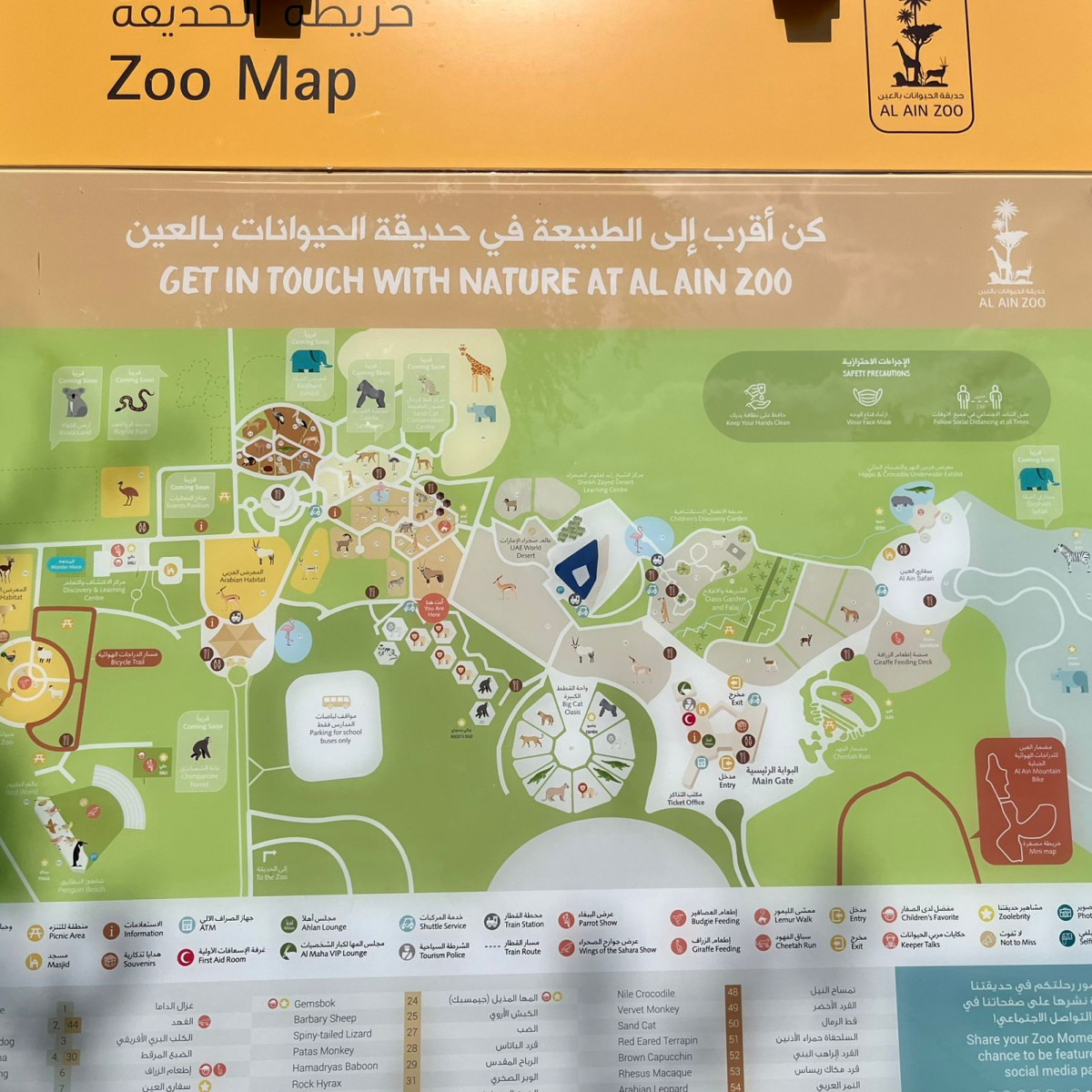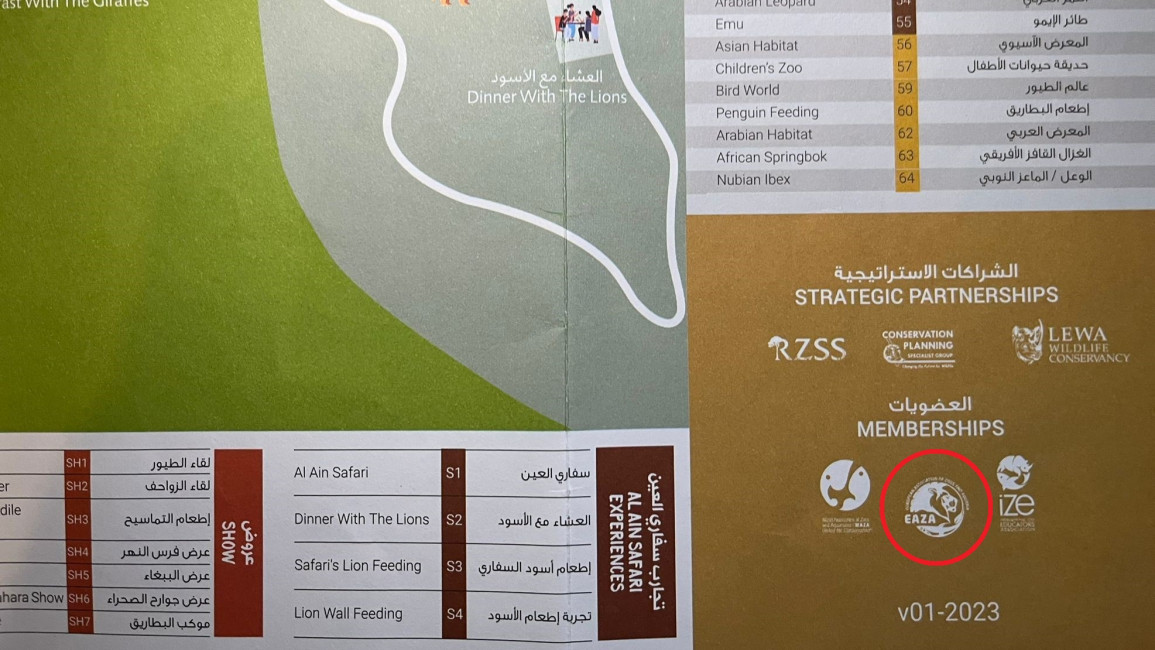In Gabes, Tunisia’s artisanal fishers are watching fish die
Between encroachments by big trawlers, lethal pollution levels and a cost-of-living crisis, life is harder than ever.
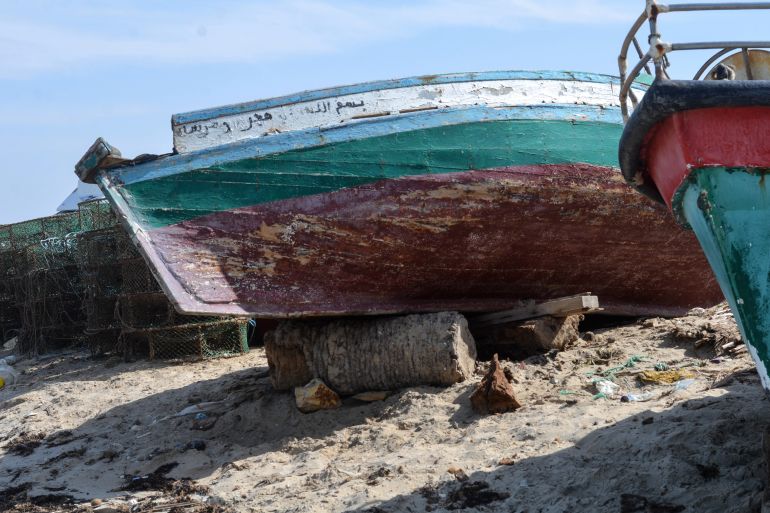
Gabes, Tunisia – It takes about 15 minutes for the first police officer to turn up. No reason is given.
The frustration on Lakhdar Mahmoud’s face is unmistakable. The traditional, artisan fisher had been up since 3am to report the encroachment of large industrial fishing boats on waters earmarked for small fishing boats from near Gabes in southern Tunisia, without any response.
KEEP READING
list of 4 itemsCalls for release of hunger-striking Tunisia opposition leader
EC migration deal ignores Tunisia’s repression: Rights groups
Three Tunisian opposition leaders on hunger strike in prison
EU offers Tunisia aid package, seeks tighter border control
No police officer turned out for that. It took seeing him talking to a journalist to prompt an official response.
IDs are checked. Conversations continue on the long, desolate beach outside the small suburb of Ghannouch, where fishers in small boats have been setting sail for as long as anyone here can remember.
For centuries, small wooden boats have been heading out from Ghannouch into the Gulf of Gabes to catch whatever fish they can. Now, the waters in the Gulf are said to be among the most toxic in the Mediterranean, outstripping those of Gaza, Syria and Libya.
Increased competition for dying fish
Pollution from the 22 hulking industrial plants, left unchecked for decades, has destroyed the sea and rendered the land toxic. Studies cited by the World Wide Fund for Nature (WWF) show decreases in fish resources and a corresponding loss in marine biodiversity across the Gulf as a result of the pollution.
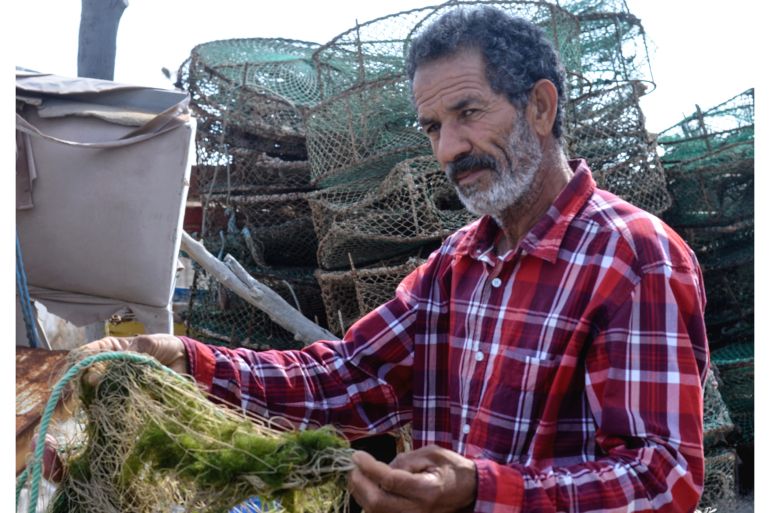
Seagrass, or Posidonia, the cornerstone for much of the sea life within the Mediterranean, has been all but destroyed.
“There are no fish anymore, it’s all dead,” Sassi Alaya, another artisan fisher, says in broken English. He points to the clouds of brown and red mud that roil and roll below the crashing waves
"Look,” he says, “The pollution. You can see it.”
Lakhdar picks up on the theme, saying that more than an hour in the contaminated water is enough to develop cancer.
The louage, or shared taxi, route from the central city of Sfax to the plastic-strewn wastes around Gabes tells a story of its own.
Hugging the coastline of the Gulf, the acrid smell of burning refuse regularly fills the cab, vying with the stench of chemicals and phosphate to give some indication of what daily life must be like for the region’s inhabitants as industrialisation and poverty conspire to kill them by incremental degrees.
A 2018 study by the European Commission, the most recent available, confirmed that 95 percent of the air pollution in Gabes can be traced back to the state-owned Tunisian Chemical Group. Those pollutants include fine particles, sulfur oxide, ammonia and fluoride, all of which have been proven to have direct consequences for human health.
Under the surface of the Mediterranean, clouds of brown and red mud roil
Simon Speakman Cordall/Al Jazeera]
According to local scientists, pollution from the nearby industrial zone, allied to climate change, has resulted in about 3km (nearly 2 miles) of coastline where nothing lives or grows, so toxic that cancers, premature births and bronchial disorders are said to be commonplace.
Soon, the police are back and in greater numbers. Paperwork is checked again, radio calls to unknown offices are made and a discussion ensues on what type of photography is and is not permitted under the terms of a Tunisian press pass.
Away from the crackle of radios, Sassi and Lakhdar tell the translator they don’t know how long their small traditional fishing boats and way of fishing will remain financially viable in Gabes. The pressures upon them are already intense.
Allied to environmental pressures are the massive trawlers who poach with apparent impunity in waters earmarked for small fishers, and the rising cost of living means that, while the cost of every journey rises, the financial return their catch brings remains fixed.
Ignoring Gabes
There is some cause for hope. Within the wastes of the gulf, local artisan fishers, such as Sassi and Lakhdar have built an artificial reef from palm leaves.
Despite the small size (1sq km or 0.6sq miles) of this project, Mehdi Aissi, a marine programme manager with the WWF who partnered with the area’s fishers on it, said early results were positive. “Cuttlefish were back in the area after a long period of disappearance,” he said.
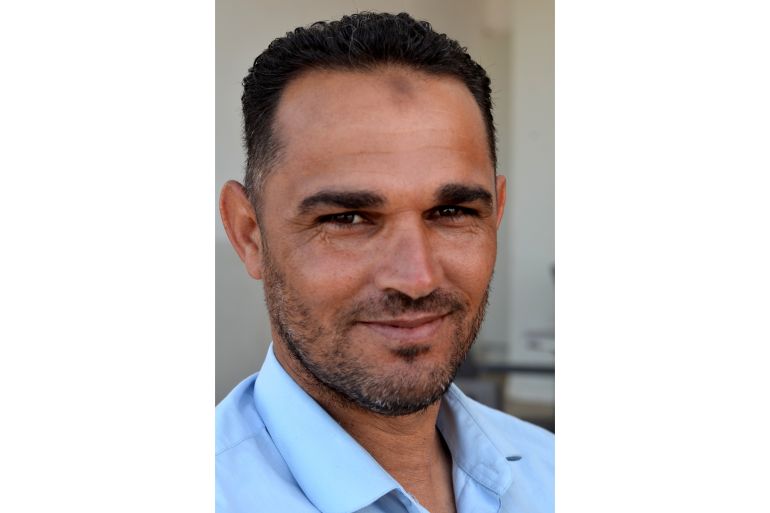
Nevertheless, an incredible amount of work remains.
“Around 22,000 cubic metres [5.8 million gallons] of polluted water are ejected into the Gulf every day,” marine biologist Mohammed Salah told Al Jazeera. Not only is that water loaded with phosphogypsum – waste from the manufacture of fertilisers – that destroys marine life, starves the sea of oxygen and leads to algae blooms but it is also loaded with heavy metals and toxins that endanger human life and destroy marine habitat.
“That’s an incredible level of discharge, but it’s also drawing water from a vital aquifer during a period of national drought,” Salah said.
It didn’t have to be this way. The chronic impact of Gabes’s industrial zone has been known since it was established in the 1970s. Successive governments promised to take action, but none have.
The closest the government came was during the early years of the revolution when everything seemed possible. A time, Salah described, when international funds were made available to have the entire industrial zone moved inland and reconstructed with modern materials.
However, the impetus for what would have been a landmark project, like so much else in Tunisia’s post-revolutionary history, was left to fizzle to nothing.
“The initiative was lost in test studies, paperwork and social projects to make the lives of people within the area better, rather than remove the cause for their ill health,” Salah said.
‘I just like the sea’
No one can argue that Gabes exists in isolation. Any undertaking to either dredge the sea bed free from the layers upon layers of phosphogypsum that coat its surface or relocate the industrial zone itself would come at an eye-watering cost for a country struggling for economic survival.
A potential bailout from the International Monetary Fund remains an ever-distant possibility, while the conditions for much of close to a billion euros ($1.1m) in aid mooted by the European Union remain uncertain. In the meantime, state-subsidised foods are in short supply, while prices rise and incomes shrink. Looming over all is the chance of a default on Tunisia’s international loans, which led to the rating agency, Fitch, downgrading the country to CCC- in early June, judging the chances of a default as high
The investment needed to ameliorate the decades of damage done to the Gulf just isn’t a priority for a government battling for survival.
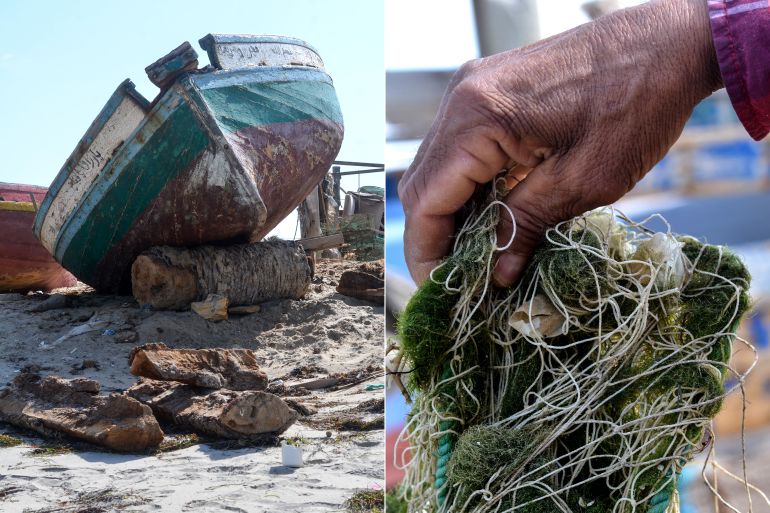
Across the country, unemployment, an ingrained source of social unrest, sits at around 16 percent. In Gabes, that figure increases to 25 percent. Every job counts and the desolation that would be left in the wake of any attempt to relocate the industrial estate would herald a catastrophe of an equal, if fundamentally different, magnitude.
The police are back on the beach, ironically helping shape the story they appear to be attempting to suppress. Now seems as good a time as any to cut our losses and retreat.
Sat in a cafe nearby, Sassi recalls his decision to quit a successful career in business to join his father in fishing off Gabes.
“I just like to fish,” he says. “It’s a passion that’s inherited.”
He sighs, pausing for a moment to find the right words in English, “I just like the sea.”
